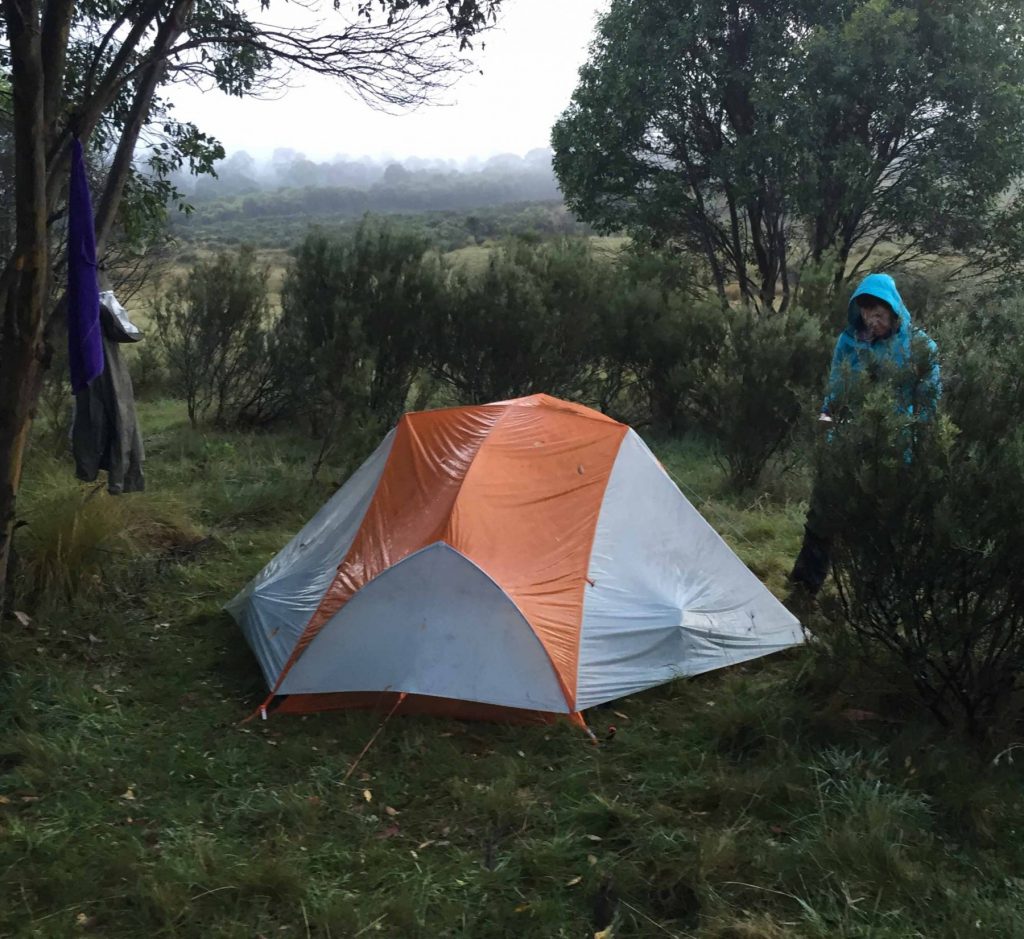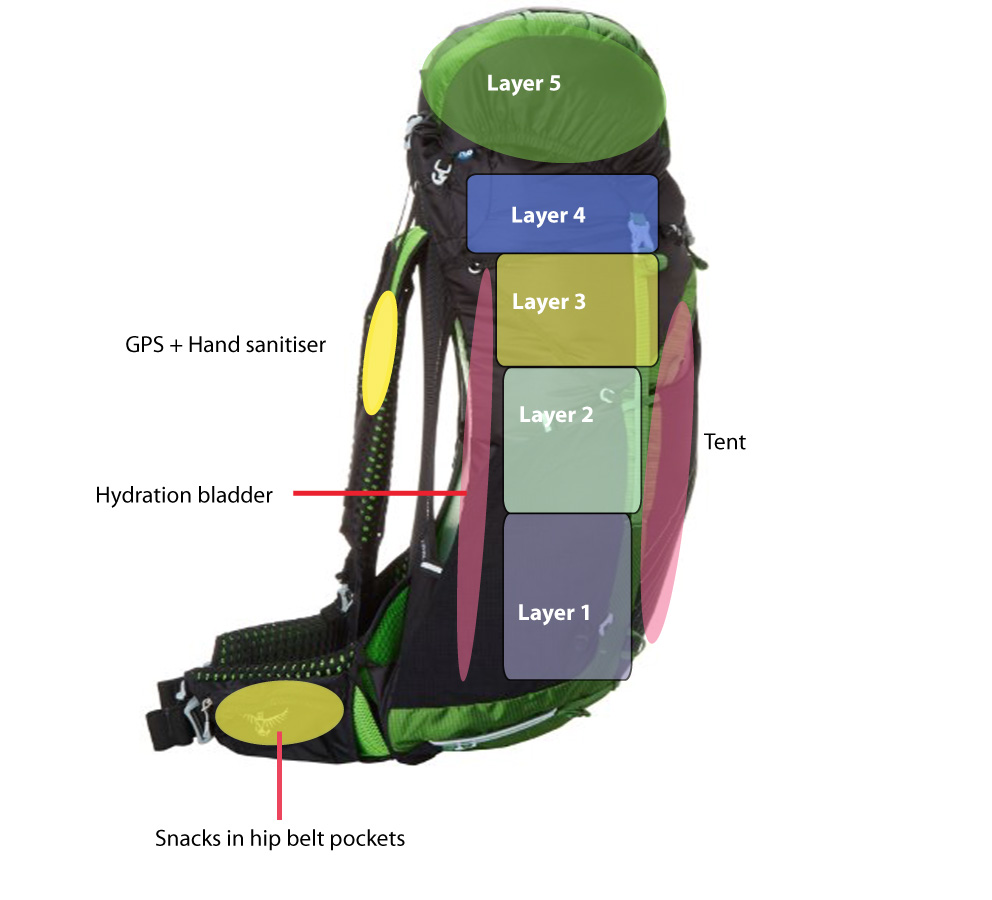Shakedown Hike
Practice
Shakedown Hike
The intent of a shakedown hike is to try out new gear or new processes prior to a trip so you can iron out any bugs, familiarise yourself with new systems, balance your pack so that it’s comfortable, and assess your fitness in terrain similar (or worse) than what you have planned. But how many of us ever do them and should we really bother?
Typically a shakedown hike is just a shorter version of whatever adventure you have planned and you should ideally be carrying what you plan on carrying for your actual trip. So if your plan is to do a seven day hike and carry all your food as well as 1-2 days of water then this is what you should be carrying for your shakedown hike otherwise you are not going to get a realistic feel for the trip itself.
A shakedown hike may only be a one day tester but this will depend on whether you are trying out new sleep systems. I recommend that if you are planning a multi-day trip you do a shakedown hike of at least two days duration so you can see how your body backs up over multiple days. One day of hiking, no matter how taxing, is never going to test you out fully.
In regard to gear use in hiking, I’m going to generalise here and group hikers into three main categories:
- Those who rarely ever change their gear. Their kit is part of the family and grief usually sets in when a favoured piece has to be replaced
- Those who are constantly updating and changing gear, also known as the ‘gear freak’. These early adopter hikers are constantly frequenting outdoor stores and scanning the internet for the next new thing
- Those who fall somewhere in between, which is the majority of hikers.
Now I need to confess that while I have traits from all three of these groups I mainly fall into the gear freak category. As a result it is rare that I ever use the same exact gear configuration for very long, at most it would be 12 months without a change. In addition I’m always assessing my gear that I carry so see if there are options to reduce my pack weight and bulk and while I may never become an ultralight hiker this is a key driving force behind many of my gear purchases.
So how did our first formal shakedown hike go?
While we had previously tested out new gear an system on hikes before our first formal shakedown hike was in early 2016 in preparation for a 14 day hike on the Larapinta Trail. I must admit I had expectations prior to the trip on how things would work on trail but that we had just done a major rekit we definitely wanted to make sure.
In preparation for this trip we had purchased a new pack, tent, sleeping bag, stove, and camera gear amongst other more minor kit. Armed with all our new purchases we headed off, pack loaded with our proposed kit as well as four days of food and two days of water, which would be the maximum we would be carrying on our upcoming trip. Here’s what we learnt from this shakedown trip.
- The Larapinta trail web site recommended the use of a 70-80 litre pack. In my case my 73 litre pack ended up being only 2/3 full
- Outcome: I swapped my pack over to a lightweight 51 litre pack saving both bulk and weight and increasing comfort
- Our tent was amazing, coping with the strong winds and heavy rainstorm that hit us just after we set up camp
- My -4°C (25°F) sleeping bag (men’s comfort level) was overkill and ended up being a doona (quilt) as I sleep very hot. This was also the case for the trip itself
- My wife’s -11°C (12°F) sleeping bag (men’s comfort level) was just right for her in the same conditions (a cold sleeper)
- Our new Jetboil stove worked a treat
- The newly purchased Sony compact camera while not as good as my SLR who lighter and more compact and lets me take most, but not all of the shots I wanted
- The hiking coffee we bought didn’t pass muster; we are not fans of instant coffee and didn’t want to carry a plunger so we decided against coffee for the trip
- The prepackaged hiking dinners with lamb while tasting great are not worth the after effects particularly when sharing a tent! I strongly recommend trying out prepared meals before a trip if you haven’t used them before
- My plan of using a tent peg (sand peg) to dig cat holes only works when the soil is free of rocks and/or roots. Back to the trowel
- Having worked outside for most of my life I didn’t need as much layering to cope with -2°C as I had originally thought. This resulted in me jettisoning a number of pieces of clothing
- That developing a ‘system’ for packing makes hiking much easier. The more you practice packing the easier it becomes. Change your pack and gear list and you will have to relearn how to pack again.

On this shakedown hike just before we walked the Larapinta Trail we had a brand new tent. Just after we set up camp we had a 1.5 hour downpour in big winds. The tent performed spectacularly. On this hike I also decided to downsize my pack for one that was 30% smaller
Develop a packing system

There is no ‘right or wrong’ when loading your pack but there are some things that will make your hike easier. I have been using my packing system for the past seven years and everything has a specific place in my pack that and as such I know exactly where everything is even in the dark.
Take the time to develop a packing system that works for you and have a play to see where things best fit and are accessible when and where you need them.
In addition develop your own personal packing list to make your you haven’t forgotten something because its so easy to do.
Last Words
So for me doing shakedown trips is essential. Not because I don’t hike on a regular basis but because I change gear so often. The first time that you set up your brand new tent or test out a brand new piece of gear shouldn’t be on the first night of multi week trip. In our case we set if up or use it at home first, then on a hike so when it comes time to use it on your planned hike then you aren’t standing there scratching your head about how something works.
The other reason for doing a shakedown hike is to make sure that your gear actually works! Maybe you’ve taken your tent pegs out of your pack, or maybe there’s a hole in your tent that you didn’t know about. Finding these things out before your big trip is preferable to finding out on an extended hike when its harder to do something about it.
If unlike me your gear collection is very stable and you are hiking regularly, a shakedown hike may not be absolutely necessary. But if you are intending to hike in a totally unfamiliar climate or your fitness level has changed I would still recommend doing a shakedown just to be sure or at the very least once a year particularly if you’ve had a break from hiking.